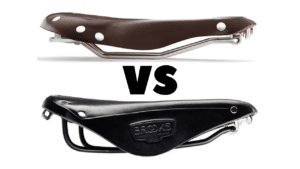Update: 5th Sept 2025
Updated for modern cyclists who value simplicity, reliability, and conscious gear choices
In an era where electronic shifting and integrated brake-shifter systems dominate the cycling landscape, there’s a growing renaissance of interest in bar end shifters. Whether you’re planning epic bike touring adventures, seeking bulletproof reliability for long-distance cycling, or simply want to understand what makes these seemingly antiquated components so beloved by serious cyclists, this comprehensive guide will take you on a journey through everything you need to know about bar end shifters in 2025.
What Are Bar End Shifters? A Deep Dive Into These Specialized Components

Bar end shifters explained in the simplest terms: these are gear-changing mechanisms mounted at the extremities of your handlebars, featuring individual levers that control your front and rear derailleurs independently. Unlike the integrated shifter-brake combinations (STI shifters) found on most modern road bikes, bar end shifters are standalone units dedicated solely to gear changes.
The fundamental design consists of a mounting clamp that secures to your handlebar ends, housing a lever mechanism that operates through either indexed positions (click-stop shifting) or friction mode (infinite adjustment). Each shifter controls one derailleur—typically the right shifter manages the rear cassette while the left handles the front chainrings, though this can be customized based on rider preference and drivetrain setup.
The Evolution and Current State
While bar end shifters might seem like relics from cycling’s past, modern versions incorporate decades of refinement. Today’s bar end shifters feature improved ergonomics, enhanced durability, and better compatibility with contemporary drivetrains than their predecessors. Manufacturers like Shimano, microSHIFT, and IRD continue to develop these components, recognizing their enduring relevance in specific cycling applications.
Why Do People Like Bar End Shifters? Understanding the Enduring Appeal
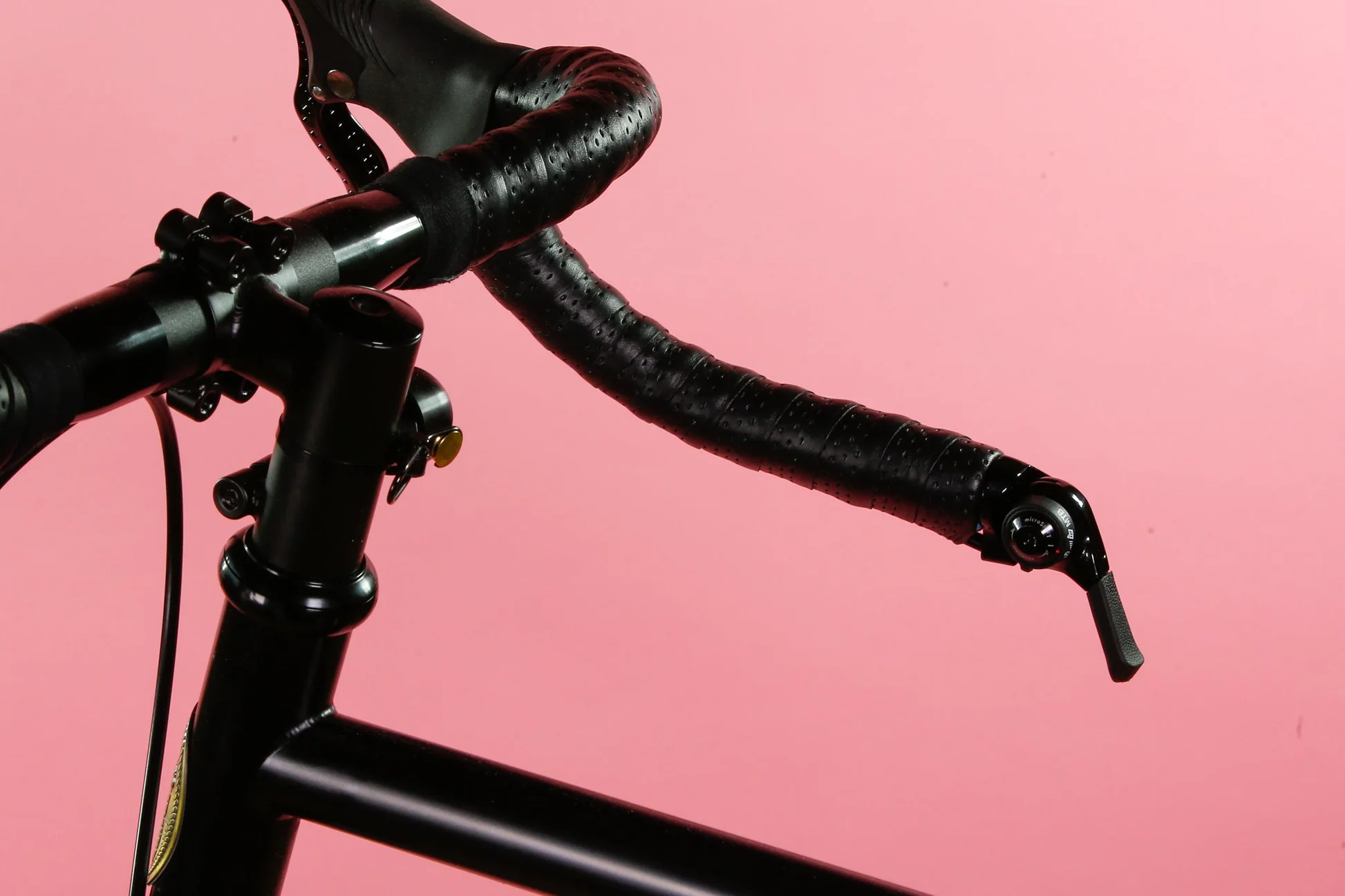
The appeal of bar end shifters extends far beyond nostalgia or contrarianism. To understand why experienced cyclists—particularly those involved in bike touring and long-distance cycling—gravitate toward these components, we need to examine their unique advantages in detail.
Reliability That Stands the Test of Time
Are bar end shifters reliable? The answer is an emphatic yes, and this reliability stems from their fundamental design philosophy. Unlike integrated shifter systems that pack dozens of precision components into compact housings, bar end shifters embrace mechanical simplicity. Fewer moving parts mean fewer potential failure points, and the robust construction typical of bar end shifters means those components that do exist are built to last.
This reliability becomes particularly valuable when you’re hundreds of miles from the nearest bike shop. While STI shifters might require specialized tools and expertise to repair, bar end shifters can often be serviced with basic tools and fundamental mechanical knowledge.
Are Bar End Shifters Safe?
This question deserves nuanced consideration. From a pure mechanical standpoint, bar end shifters are exceptionally safe—they’re less prone to sudden failure than complex integrated systems. However, their operational safety depends on usage context and rider technique.
In competitive road racing or high-speed group riding scenarios, bar end shifters present challenges. Shifting requires removing your hands from the brake hoods, potentially compromising your ability to respond quickly to changing conditions. However, for touring cyclists, bikepacking enthusiasts, and riders who prioritize steady, deliberate progress over maximum speed, this limitation is rarely problematic.
The key is understanding when and how to shift safely. Experienced bar end shifter users develop anticipation skills, shifting before they need to rather than reacting to immediate gradient changes. This proactive approach actually enhances safety by encouraging better route reading and power management.
How Bar End Shifters Work: Mechanical Principles and Operation
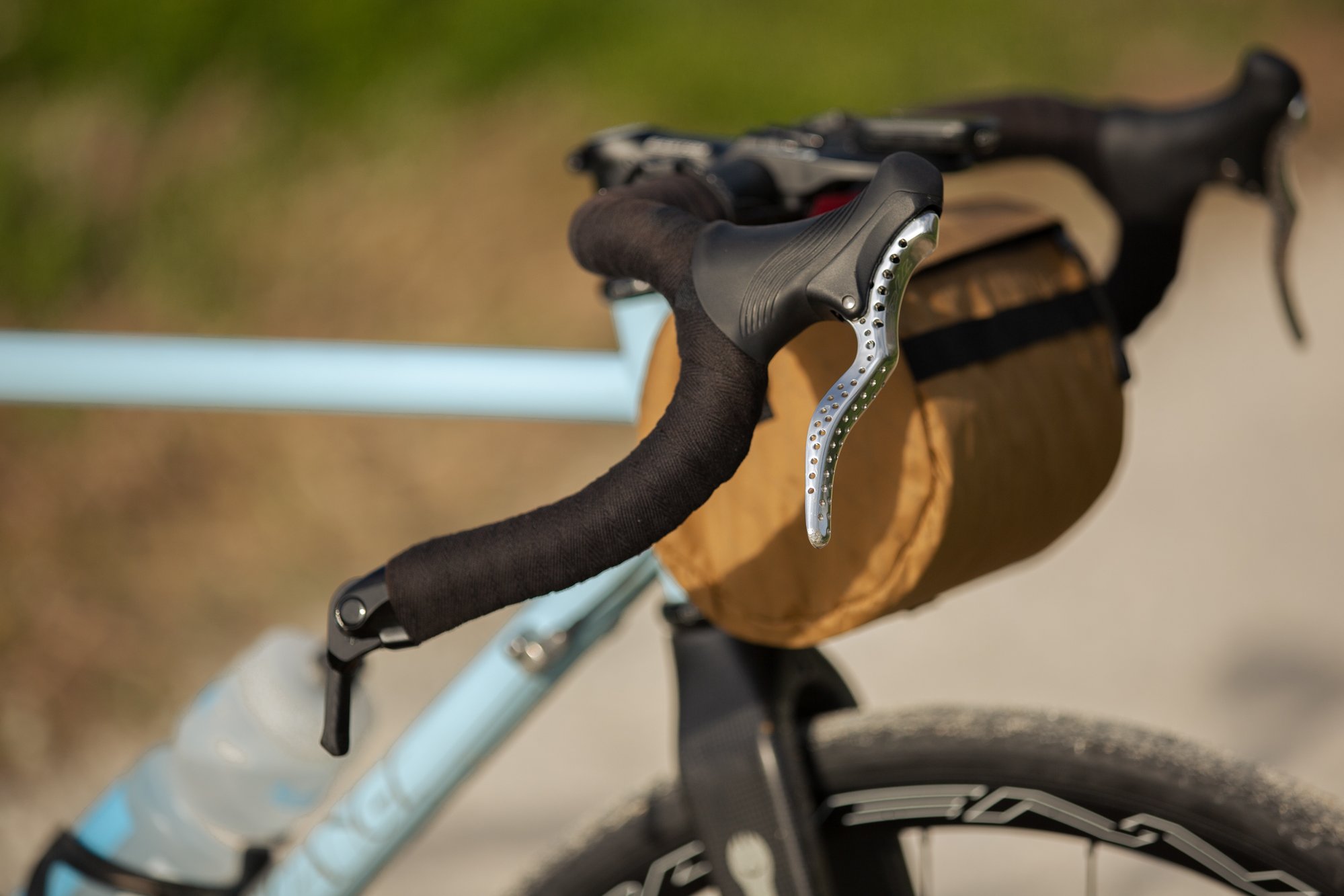
Understanding how bar end shifters work requires examining both their mechanical operation and their integration with drivetrain systems. The fundamental principle is straightforward: moving the shifter lever pulls or releases shift cable, which in turn moves the derailleur to different positions corresponding to various gears.
Friction vs Indexed Bar End Shifters
The choice between friction and indexed bar end shifters represents one of the most important decisions you’ll make when selecting these components. Each approach offers distinct advantages and limitations that align with different riding styles and priorities.
Indexed bar end shifters operate similarly to modern shifters, with discrete click positions corresponding to specific gears. Each click moves the derailleur precisely to align with a cog on your cassette. This system offers:
- Precise, predictable shifting
- Familiar operation for riders accustomed to modern drivetrains
- Reduced learning curve
- Consistent performance across different conditions
Friction bar end shifters operate on an entirely different principle. Rather than predetermined positions, they offer infinite adjustment along their range of motion. The rider controls derailleur position through feel and sound, making micro-adjustments to achieve perfect alignment. Benefits include:
- Universal compatibility across different cassette configurations
- Ability to accommodate drivetrain wear and cable stretch
- Enhanced durability due to simpler mechanism
- Complete rider control over shift quality and timing
Many modern bar end shifters offer both modes, allowing riders to use indexed shifting as their primary mode while having friction as a backup option when indexing becomes imprecise due to cable stretch or drivetrain wear.
Compatibility Considerations: Matching Shifters to Modern Drivetrains
Bar end shifters compatibility with drivetrains has evolved significantly as bicycle technology has advanced. Understanding these compatibility factors is crucial for building a functional system.
Can bar end shifters shift 12 speed? This question reflects the ongoing evolution of drivetrain technology. While traditional bar end shifters were designed for earlier drivetrain generations, modern versions can indeed accommodate 12-speed systems. However, this compatibility requires careful attention to cable pull ratios and indexing precision.
The key factors affecting compatibility include:
- Cable pull ratio: The amount of cable that must be pulled to move the derailleur one position
- Total cable pull: The complete range of cable movement required to shift across the entire cassette
- Indexing precision: The exactness required for proper gear engagement
Bar end shifters for mechanical drivetrains remain the most straightforward application, as they were designed specifically for cable-actuated systems. Electronic drivetrains, while offering certain advantages, eliminate the fundamental simplicity that makes bar end shifters attractive in the first place.
Bar End Shifters for Bike Touring: The Perfect Partnership
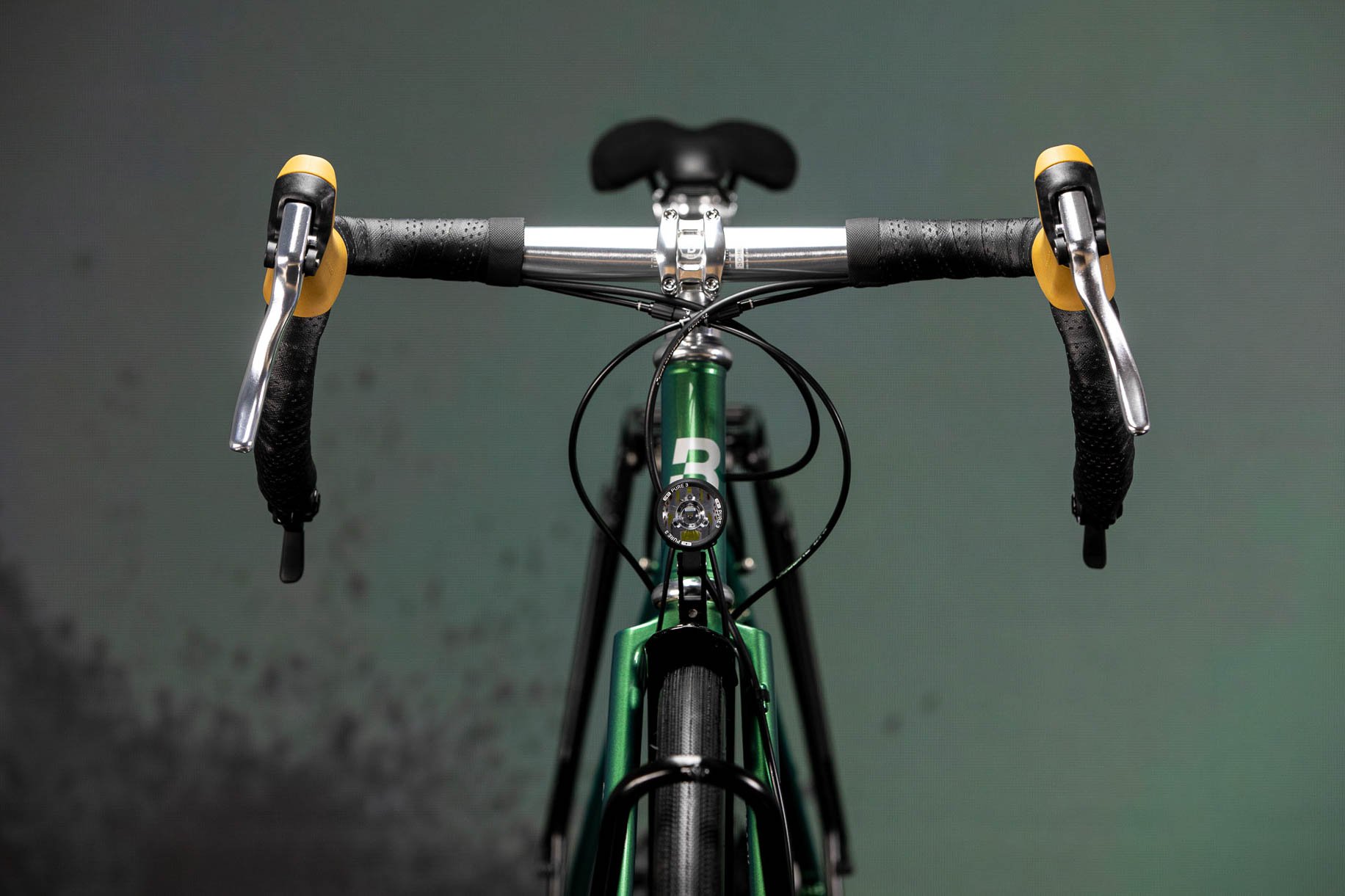
Bar end shifters for bike touring represents perhaps the most natural application of these components. The demands of long-distance cycling—reliability, repairability, versatility, and comfort—align perfectly with what bar end shifters offer.
Why Touring Cyclists Embrace Bar End Shifters
Why touring cyclists use bar end shifters extends beyond mere tradition or preference. These components address specific challenges inherent in long-distance cycling:
Maintenance Simplicity: When you’re carrying everything you need for weeks or months of travel, space and weight matter. Bar end shifters require minimal maintenance tools and expertise, allowing riders to address issues independently rather than seeking professional service.
Cost Effectiveness: Why drop bar shifters are expensive relates primarily to their complexity and integration. STI shifters incorporate brake and shift functions in precision-engineered units that require expensive manufacturing processes. When touring budgets are tight, the significant cost savings of bar end shifters can mean the difference between taking a trip or staying home.
Field Repairability: If your STI shifter fails in remote areas, you’re likely facing an expensive replacement and potential trip cancellation. Bar end shifters can often be repaired with basic tools, or replaced with different brands without compatibility concerns.
Long-Distance Cycling Applications
Bar end shifters for long-distance cycling excel in scenarios where steady, efficient progress trumps maximum speed or racing performance. The slightly slower shift execution becomes irrelevant when you’re covering continents rather than chasing podium positions.
Are bar end shifters good for bikepacking? Absolutely, for many of the same reasons they excel in traditional touring. Bikepacking often involves remote routes where reliability trumps performance, and the simplicity of bar end shifters provides peace of mind in challenging environments.
Analyzing the Pros and Cons: A Balanced Perspective
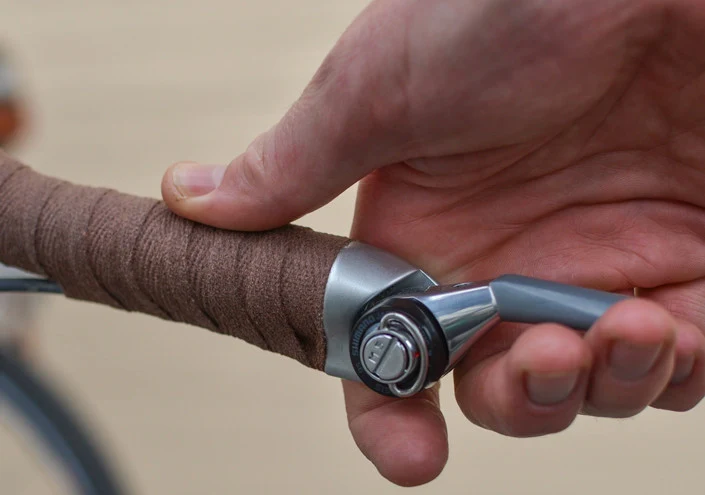
Understanding the complete picture requires honest examination of both advantages and limitations. Pros and cons of bar end shifters must be evaluated within the context of your specific cycling goals and priorities.
Advantages That Make Bar End Shifters Compelling
Durability of bar end shifters stands as perhaps their greatest strength. The robust construction and mechanical simplicity mean these components often outlast multiple bike frames. Stories of bar end shifters functioning flawlessly after decades of use are common in touring communities.
Simplicity of bar end shifters extends beyond mere mechanical design. The straightforward operation reduces cognitive load during long rides, allowing riders to focus on navigation, safety, and enjoyment rather than managing complex shift patterns.
Shifting range (cassette sweep) capabilities often exceed those of integrated systems. Bar end shifters shifting range can accommodate wide-range cassettes that might challenge the cable pull limitations of STI systems, making them ideal for touring bikes that need extensive gearing options.
Cost considerations remain significant. Quality bar end shifters typically cost $80-150 for a complete set, while comparable STI systems often exceed $400-700. For budget-conscious cyclists or those building multiple bikes, this difference is substantial.
Limitations That Require Honest Acknowledgment
The primary limitation involves hand position during shifting. Unlike STI systems that allow shifting from the brake hoods, bar end shifters require moving your hands to the bar ends. In certain riding situations—high-speed descents, group riding, or urban traffic—this can present safety concerns.
Learning curve considerations affect riders transitioning from modern integrated systems. Developing the anticipation skills necessary for safe, efficient bar end shifter use takes time and practice.
Parts availability, while not as challenging as sometimes portrayed, can require more planning than simply walking into any bike shop. However, the durability of these components means replacements are rarely needed, and online availability has largely addressed historical supply concerns.
Bar End Shifters vs STI Shifters: A Detailed Comparison
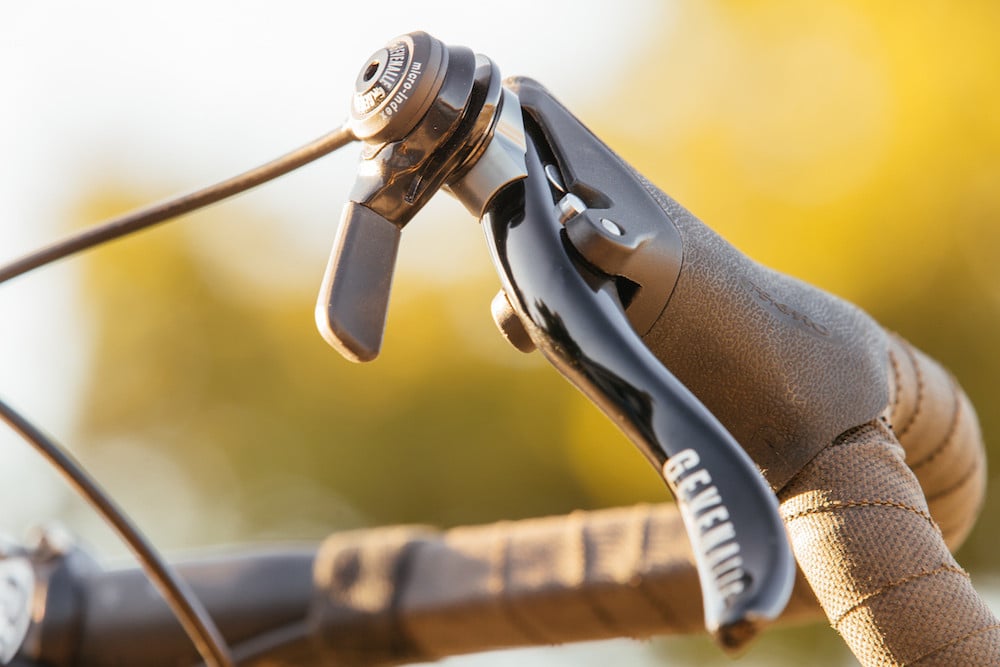
The bar end shifters vs STI shifters debate ultimately comes down to priorities and intended use. Rather than declaring one superior, understanding their different strengths helps inform appropriate choices.
Performance Characteristics
STI shifters excel in situations requiring rapid, frequent shifts without hand position changes. Racing scenarios, group rides, and variable terrain benefit from the instantaneous shift access STI systems provide.
Bar end shifters shine in applications prioritizing reliability, simplicity, and cost-effectiveness. Long steady climbs, touring applications, and budget builds favor their characteristics.
Long-term Ownership Experience
STI systems offer superior integration and convenience but typically require more frequent service and eventual replacement. Their complex mechanisms, while remarkably reliable when new, eventually succumb to wear in ways that often necessitate complete unit replacement.
Bar end shifters, when properly maintained, can provide decades of reliable service. Their serviceability means that wear components can be replaced without discarding the entire system.
Selecting the Best Bar End Shifters: A Buyer’s Guide
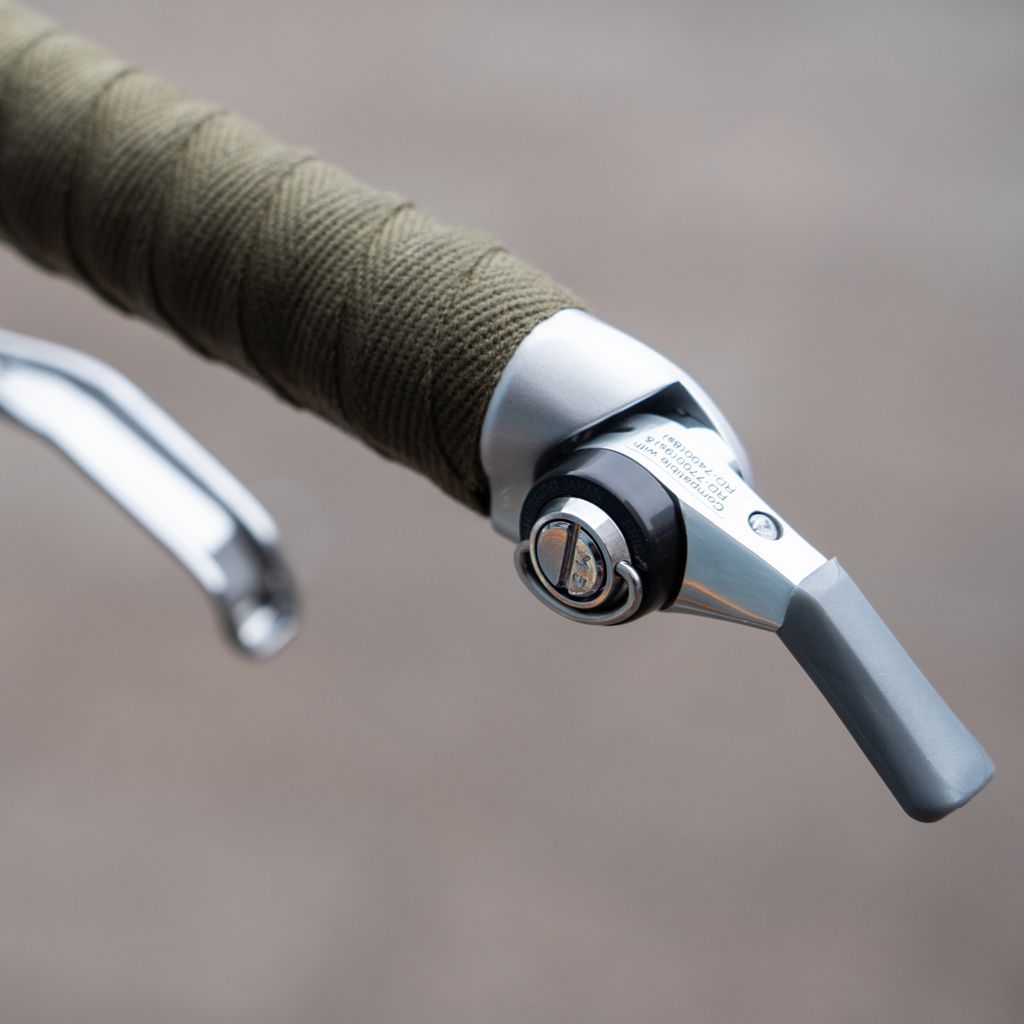
Best bar end shifters for touring bikes vary based on specific requirements, but several models consistently earn praise from experienced users.
Top Recommendations for 2025
Shimano Dura-Ace Bar End Shifters: Despite being discontinued from regular production, these remain the gold standard for riders prioritizing weight and precision. Used examples command premium prices but offer unmatched refinement.
Shimano SL-BS79: The current production option for riders wanting indexed shifting with friction backup. Reliable, affordable, and widely compatible.
microSHIFT R9: An excellent value proposition offering modern ergonomics and reliable performance at competitive prices. Particularly appealing for riders building budget touring bikes.
IRD Defiant: Friction-only options that emphasize simplicity and durability above all else. Ideal for riders who prefer the infinite adjustability of friction shifting.
Selection Criteria
When choosing bar end shifters, consider:
- Intended use: Touring applications favor durability and simplicity, while mixed-use bikes might benefit from indexed options
- Drivetrain compatibility: Ensure cable pull ratios match your derailleur requirements
- Budget constraints: Quality options exist across price ranges
- Personal preferences: Some riders strongly prefer friction shifting, others want indexed convenience
Installation and Setup: Getting It Right
Proper installation significantly affects both performance and safety. While bar end shifters are mechanically simpler than STI systems, their positioning and cable routing require careful attention.
Critical Setup Considerations
Positioning: Bar end shifters should be positioned where they’re easily accessible without compromising control. Too far outward creates instability during shifting; too far inward makes access difficult.
Cable routing: Clean cable runs improve shift quality and reduce maintenance requirements. Internal routing, while more challenging initially, provides better protection and aesthetics.
Limit screw adjustment: Properly set limit screws prevent chain drops and derailleur damage, particularly important given the manual control inherent in bar end shifter operation.
Maintenance and Troubleshooting: Keeping Things Running Smoothly
One of the primary attractions of bar end shifters is their minimal maintenance requirements. However, understanding basic service procedures ensures optimal performance and longevity.
Routine Maintenance
Regular cleaning and lubrication of pivot points maintains smooth operation. Unlike STI systems with numerous internal components, bar end shifters expose most wear surfaces for easy service.
Cable and housing replacement follows standard procedures but should be performed whenever shift quality degrades. The simplicity of bar end shifter cable routing makes this a straightforward process.
Common Issues and Solutions
Indexing drift typically results from cable stretch or contamination. Barrel adjusters allow fine-tuning, while more significant problems might require cable replacement.
Friction mode degradation usually indicates worn friction surfaces or contamination. Most bar end shifters allow disassembly for cleaning and re-greasing.
The Future of Bar End Shifters in 2025 and Beyond
Despite representing mature technology, bar end shifters continue evolving to meet modern cycling needs. Manufacturers recognize their enduring relevance in specific applications and continue refining designs accordingly.
Current Market Trends
Growing interest in bike touring and adventure cycling has sparked renewed interest in bar end shifters. Manufacturers respond with updated designs that maintain classic reliability while incorporating modern materials and manufacturing techniques.
Compatibility with current drivetrain standards ensures bar end shifters remain viable options rather than merely nostalgic choices.
Looking Forward
As cycling continues diversifying beyond pure performance focus, components like bar end shifters that prioritize different values—reliability, repairability, cost-effectiveness—will likely maintain their niche but important role.
Making the Right Choice: Is This Technology Right for You?
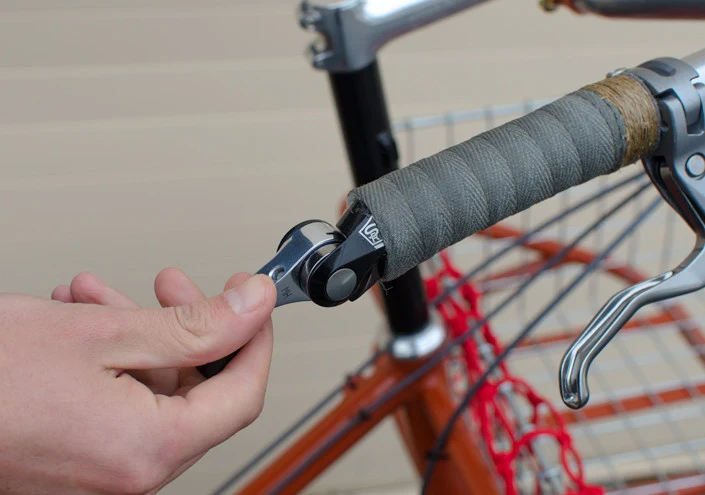
Bar end shifters aren’t universal solutions, but for specific applications and rider priorities, they offer compelling advantages that modern integrated systems can’t match.
Consider bar end shifters if:
- You prioritize long-term reliability over cutting-edge performance
- Cost considerations significantly influence your decisions
- You enjoy the mechanical simplicity and control they provide
- Your riding style emphasizes steady progress over maximum speed
- You value the ability to service and repair your own equipment
Stick with STI systems if:
- You frequently ride in situations requiring rapid, frequent shifts
- Hand position changes during shifting present safety concerns for your riding style
- You prioritize integration and convenience over other factors
- Budget constraints don’t significantly influence your equipment choices
Embracing Conscious Equipment Choices
In our rush toward ever-more-sophisticated cycling technology, it’s easy to assume that newer automatically means better. Bar end shifters remind us that sometimes, older approaches offer distinct advantages that remain relevant despite technological advancement.
The choice to use bar end shifters represents a conscious decision to prioritize certain values—reliability, simplicity, cost-effectiveness, repairability—over others. For riders whose priorities align with these values, particularly those involved in long-distance cycling, bike touring, or adventure riding, bar end shifters offer a compelling alternative to mainstream shifting solutions.
Whether you ultimately choose bar end shifters or not, understanding their capabilities and limitations helps inform better equipment decisions. In a cycling world increasingly dominated by complex, integrated systems, these relatively simple components serve as valuable reminders that sophisticated solutions aren’t always superior solutions.
The key is matching your equipment choices to your actual needs rather than following trends or assumptions about what constitutes “proper” cycling equipment. Bar end shifters, with their decades of proven performance and enduring relevance, deserve consideration from any cyclist seeking reliable, cost-effective shifting solutions that prioritize function over fashion.


